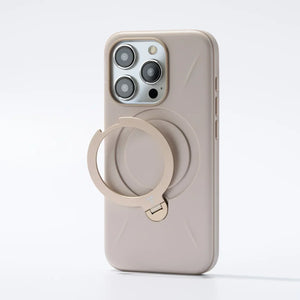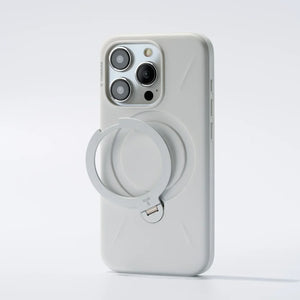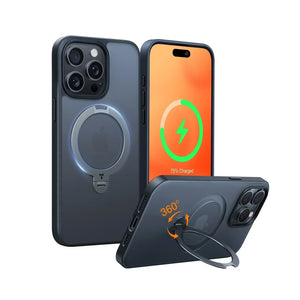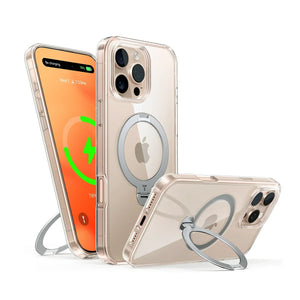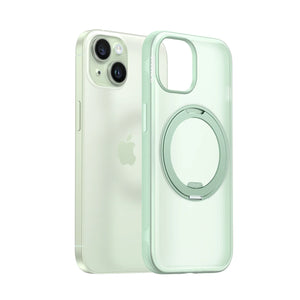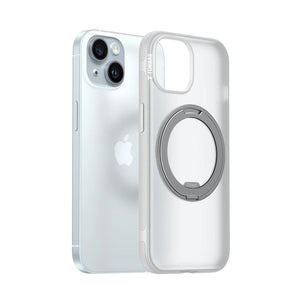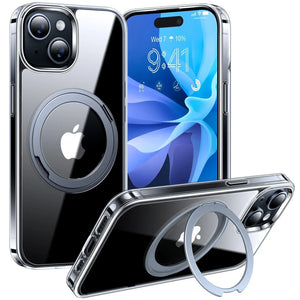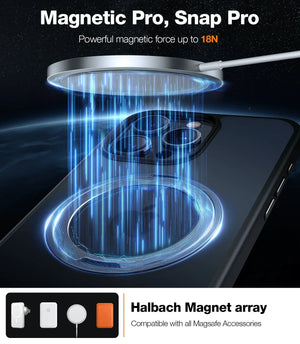
iPhone 15 Cases
Protect your phone in style with a slim, durable iPhone 15 case designed for everyday defense.
Featured
-
Ostand Q3 Fusion
iPhone 15 Case
Regular priceRegular price $45.99Regular priceUnit price / periPhone 15 Case
Regular priceRegular price $48.00Regular priceUnit price / periPhone 15 Case
Regular priceRegular price $46.99Regular priceUnit price / periPhone 15 Case
Regular priceRegular price $39.99Regular priceUnit price / per$0.00Sale price $39.99Regular price $39.99
Why Choose TORRAS
Frequently Asked Questions
What features do TORRAS iPhone 15 cases provide?
What features do TORRAS iPhone 15 cases provide?
TORRAS iPhone 15 cases come equipped with a range of features that enhance both usability and protection. These include MagSafe compatibility for seamless integration with Apple's ecosystem, anti-yellowing technology to maintain clarity over time, and shock-absorbent materials for superior drop protection.
For those looking for convenience, certain models also incorporate 360° rotatable stands for hands-free media viewing or video calls. If you're looking for the best iPhone 15 cases, TORRAS offers a blend of style, durability, and functionality, making it an excellent choice for any iPhone user.
What materials are used in the TORRAS iPhone 15 phone cases?
What materials are used in the TORRAS iPhone 15 phone cases?
Our iPhone 15 phone cases are primarily crafted from high-quality TPU (Thermoplastic Polyurethane) and PC (Polycarbonate), which offer an excellent balance of durability and flexibility. TPU provides a soft, shock-absorbing layer for impact resistance, while PC offers excellent clarity and superior protection against scratches and drops.
For users seeking MagSafe compatibility, our MagSafe case iPhone 15 models are designed with built-in magnets for seamless wireless charging. The iPhone 15 MagSafe case ensures a secure connection while maintaining a slim, sleek profile.
How do these iPhone 15 phone cases protect against drops?
How do these iPhone 15 phone cases protect against drops?
Engineered for superior drop protection, our iPhone 15 phone case utilizes a combination of shock-absorbent materials like TPU (Thermoplastic Polyurethane) and reinforced PC (Polycarbonate) corners. This design helps dissipate the force of impacts, ensuring that your device is well-protected from damage during drops.
Additionally, the raised bezels around the screen and camera provide an extra layer of protection, reducing the risk of scratches and cracks. For those seeking the ultimate protection, our best iPhone 15 cases offer a perfect balance of impact resistance and sleek, slim design, making them the ideal choice for users who prioritize both style and durability.
What is the durability of these iPhone 15 cases?
What is the durability of these iPhone 15 cases?
Designed for longevity, our cases can protect your iPhone for 2-3 years under normal conditions, preventing fading, cracking, or deformation. Statistically, many customers opt for a new case after six months, seeking fresh designs.
Are these iPhone 15 cases compatible with different charging methods?
Are these iPhone 15 cases compatible with different charging methods?
Yes, our cases are meticulously designed to be compatible with all forms of wireless chargers, ensuring efficient and convenient charging without hindrance, whether it's MagSafe or traditional wired charging.
Why do some iPhone 15 cases turn yellow over time?
Why do some iPhone 15 cases turn yellow over time?
Yellowing of iPhone 15 phone cases is often caused by photooxidation, where exposure to sunlight and artificial light breaks down materials. Other factors include contact with skin oils, sweat, and makeup. Our high-quality materials are selected to resist yellowing longer than lower-quality alternatives.
Is an iPhone 15 phone case necessary?
Is an iPhone 15 phone case necessary?
Considering the iPhone 15's high value, using an iPhone 15 phone case is advisable to protect against accidental damage like scratches, dents, and shattered screens. A case not only offers physical protection but can also provide extra features like improved grip or aesthetic enhancements, depending on personal usage and risk preference.
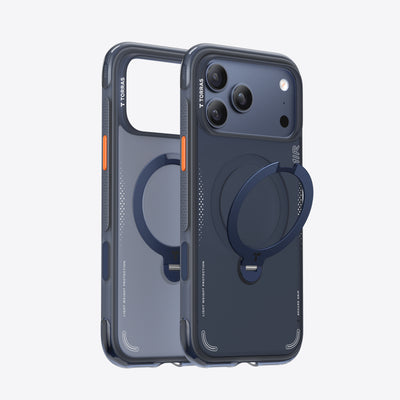
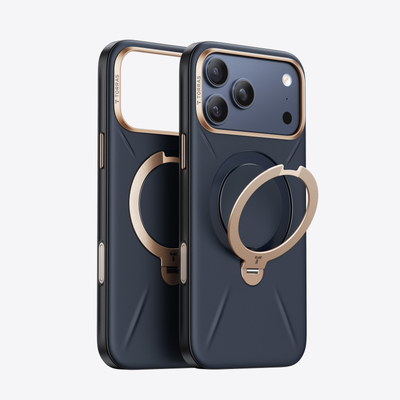
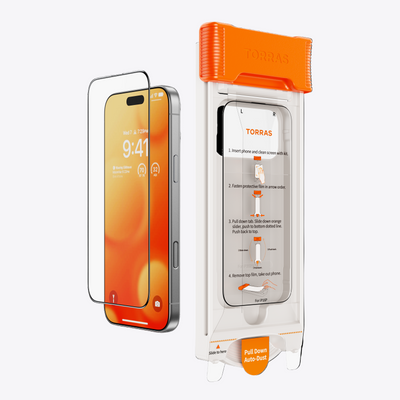
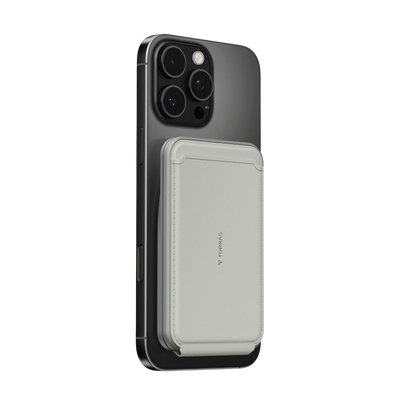
![[US Only] FlexLine Retractable Fast Charger 40W](http://torraslife.com/cdn/shop/files/charging_yoga_40w_product_01_400x400.png?v=1759994549)
